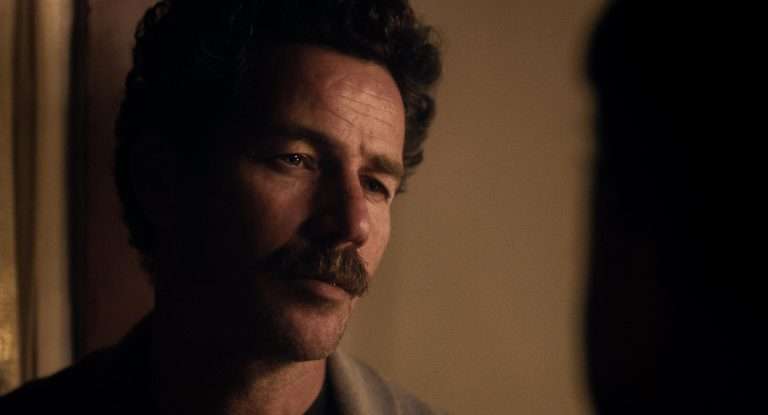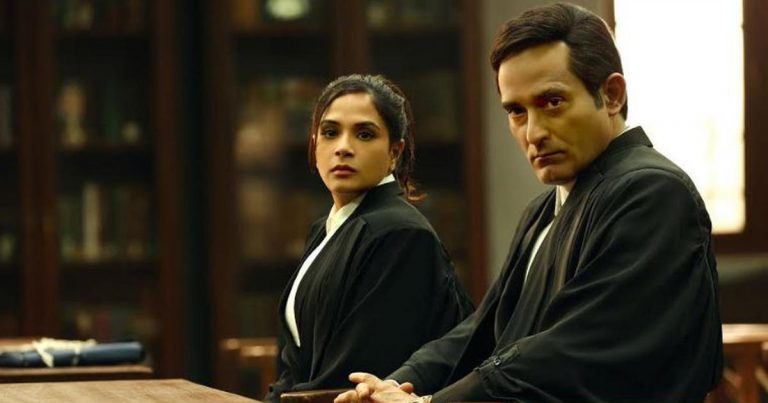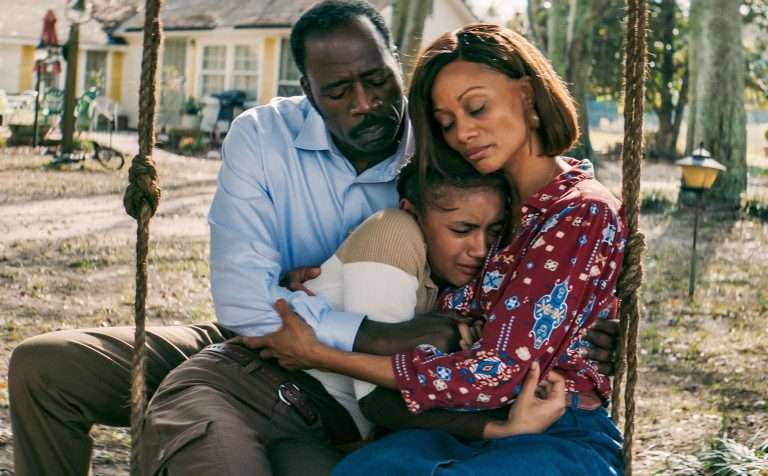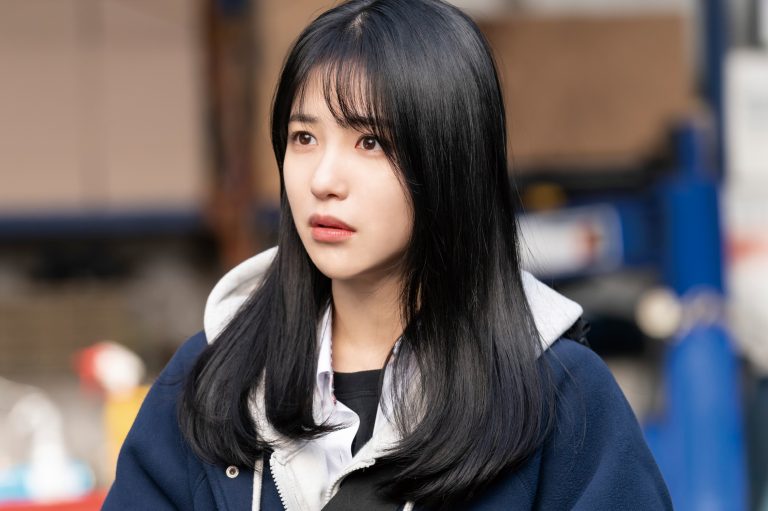Over the course of the last three decades, Lee Kang-sheng has slowly become to Southeast Asian art cinema what Jean-Pierre Léaud was to the French New Wave: more or less its singular image. In fact, critics have been drawing the same comparison for years now, a parallel that has only been reinforced by Tsai Ming-liang’s affinity for Truffaut, and by the fact that Léaud has appeared alongside Lee in two of his films. (For instance: a meta-sequence in “What Time is It There?” where Lee sits in bed watching a young Léaud tramp through the streets of Paris in “The 400 Blows.”)
But whatever similarities we can glean from these two arthouse icons, since his breakout role in “Rebels of the Neon God,” Lee’s disposition has remained remarkably consistent and true to form. He has, after all, played a perennial loner in each of Tsai’s eleven features, a role that he’s dutifully assumed from “Rebels” to “Days” with the same sort of grogginess and paucity of speech; the only difference is that his face is now weathered with age.
Lee remains largely untouched in Constance Tsang’s “Blue Sun Palace,” a soft, intimate drama about three Chinese immigrants living in Flushing, Queens, whose lives are as interconnected as they are fractured and broken. Although Lee is given ample dialogue (all in Mandarin, despite the film’s location), he channels his signature exhaustion in the long-faced construction worker Cheung. (Long-time Tsai enthusiasts will be particularly interested to know that Lee’s character suffers from neck pain here, too, an ailment perhaps left over from Tsai’s last feature, something that has affected the actor in real life.)
Truth be told, so much of Tsang’s inaugural feature will feel uncannily familiar to those well-acquainted with Tsai’s canon — particularly the latter third, in which Tsai’s slow-burning farce has been stripped away to expose the sheer cynicism inherent in his approach.
The presence of Lee Kang-sheng is, of course, one element that bears Tsai’s mark in “Blue Sun Palace.” But there’s also the minimalist, unhurried style; the melancholy; the longing; the pleasureless, unfulfilling sexual encounters; and even the punishing effects of water, a thematic device that could be used to symbolize life and rebirth, but is instead deformed into an emblem of depression and heartbreak.
At least, that’s how the second part of “Blue Sun Palace” more or less unfolds. The first part — the 33-odd minutes before a sudden and horribly violent tragedy occurs, prompting its title card — is oddly serene, calm, and untroubled.
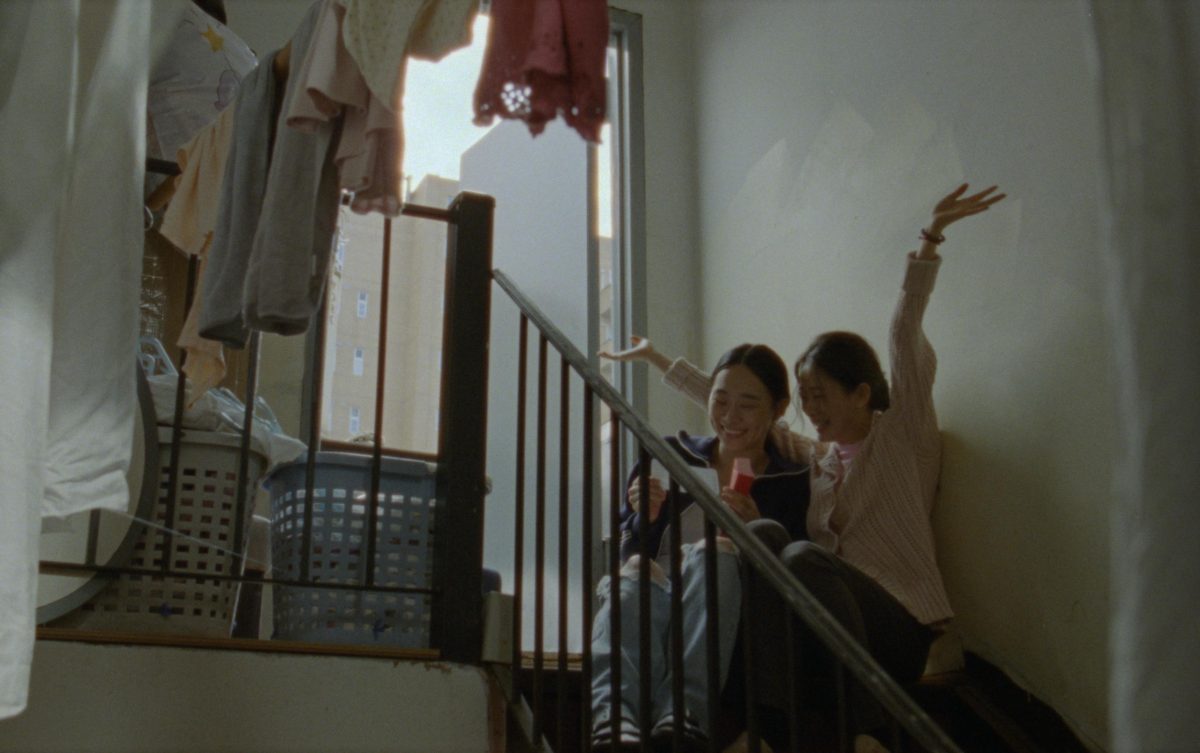
Must Read: Food and Gender through the Lens of Hindi Cinema
See: the film’s opening scene, where a relaxed Cheung sits across Didi (Haipeng Xu) to enjoy a spicy chicken meal at a local Chinese restaurant. Notice how the camera, which first homes in on Didi as she nibbles on her food, pans across the table periodically to capture the couple mid-conversation, a technique that works to emphasize the mutual bond between them, as opposed to a sense of separation that would be achieved by a standard shot-reverse shot sequence. “I feel happy when I’m with you,” Cheung says softly.
Didi responds by smiling, grabbing his head with her sauce-filled hands, and pecking him affectionately on the lips: “I am also very happy to be with you.” (The warmth Tsang achieves here with this simple but pure expression of love is astounding.) They share a quick laugh and another gentle kiss before heading to the local karaoke bar to indulge in a few Faye Wong ballads, after which they return to Didi’s shared flat, only to wake up in each other’s arms fully clothed.
The first few moments of “Blue Sun Palace” unfold with a palpable sense of lyricism and expressivity. In what is atypical for a film whose aesthetic roots lie more or less in the slow cinema camp, the couple’s heartfelt emotions, sheer happiness, and devotion to each other pierce through the film’s restrained cinematography to this viewer’s utter delight. What remains are two humans confiding in each other their shared sense of dislocation — their separation from home — and imagining what the future could bring, some seven thousand miles away.
For Cheung, it’s indulging in simple pleasures abroad whilst he sends a good chunk of his paycheck home to his ailing wife, doddering old mother, and teenage daughter, all of whose personal dealings with Cheung revolve solely around money. For Didi, it’s the possibility of one day opening up a restaurant in Baltimore, as well as finding a refuge away from her day job as a masseuse, the responsibilities of which she shares with her flatmate, Amy (Wu Ke-xi).
Much of “Blue Sun Palace” revolves around the Flushing massage parlor where the two of them work. Didi and Amy, whose clientele is predominantly American and exclusively male, have developed a sisterly bond based as much on mutual affinity as pure necessity. Most clients pay full price.
But when the occasional customer shafts them, Didi must temper Amy’s outrage, for she knows that a confrontation is risky and may lead to injury. (“I’ll make it up somehow,” she says.) Their work, which places them in close contact with perfect strangers, is at both times highly intimate and coldly distant, as they toil to soothe and heal men who take their efforts for granted and have no qualms about exploiting them.
The sign posted outside the parlor, clearly stating that no sexual services will be offered, reads less like policy and more like a request for customers not to ask. But some still do. And money is tight, which means they inevitably acquiesce, only to receive much less than what was originally negotiated. In what depicts the darker side of the American Dream, viewers who appreciate the realist vision of Sean Baker (especially his films “Prince of Broadway” and “Take Out”) will be well suited to empathize with Tsang’s characters in “Blue Sun Place,” whose hopes of making it in America are mitigated by the grueling day-to-day realities of subsisting in it.
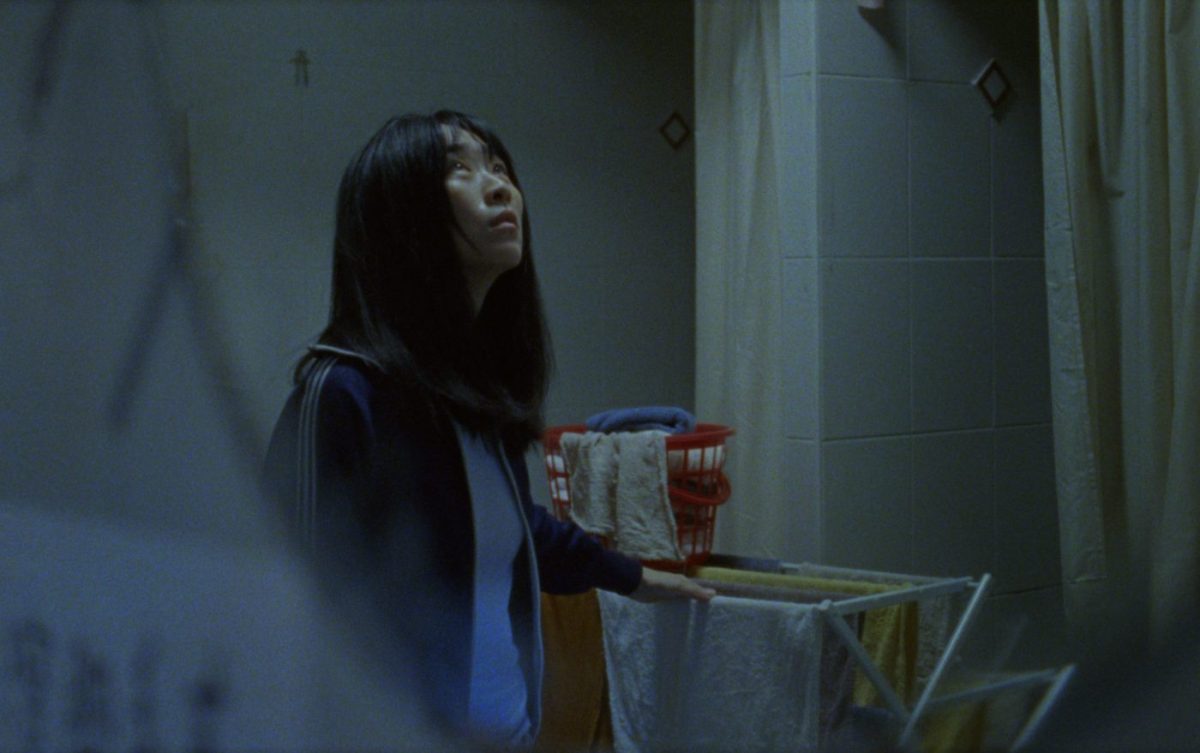
Also Read: Feminism and its Eternal Affair with Film-making
What little light is able to penetrate through and illuminate the otherwise glum lives of Tsang’s subjects during the first part of “Blue Sun Place” is extinguished after that shocking tragedy occurs, which forces Cheung and Amy closer together than they’ve ever been before. The second part of “Blue Sun Palace” harnesses the same sort of despair that has become synonymous with Tsai’s brand of filmmaking since the early nineties.
Apart from a series of static shots depicting Amy and Cheung smoking and/or eating alone, Tsang also inserts one of the most mechanical and depressing depictions of intercourse I’ve ever seen on-screen near the film’s end. But whereas Tsai channels melancholy through a distinctly impersonal approach — through long shots, inertia, and sparse or even nonexistent dialogue — the sadness that Tsang manufactures during “Blue Sun Palace’s” second half is as personal, affecting, and intimate as its beginning moments.
Tender moments — like enjoying a home-cooked meal in Amy’s apartment, or Cheung prompting Amy to break out in dance on a vacant street corner — are tempered by more poignant, plaintive scenes. The most intimate of which takes place in the massage parlor, in which Cheung receives a neck massage from Amy, as they discuss the tragedy that has just taken place. But perhaps more distressing is the subsequent dinner the two share at the same restaurant featured in the film’s opening.
The same sort of oscillating long take captures the two eating and conversing, but absent is the same sort of joyous magic that existed between Cheung and Didi. Instead, Amy, with tears streaming down her face, feels used. “You would be happy with any woman in your life,” she says before walking out.
Like the whole of Tsai’s canon, after the narrative-altering tragedy, Cheung and Didi are transformed into two lost souls whose inability to connect says as much about them as it does about the environment they’re forced to inhabit. The most extraordinary aspect about “Blue Sun Palace” is that it depicts this sensation of feeling lost — as well as more subdued emotions like numbness, sadness, and despair — in a manner that is remarkably up-close and personal.
Aided by Norm Li’s impressive knack for close-up cinematography, Constance Tsang’s impressive debut captures a mix of happiness and heartbreak through the contorting expressions of her subjects, or oftentimes just the deadpan bearing of characters as they exist in isolation or fail to connect effectively with others around them. Tsang’s careful precision in expressing such delicate emotions distinguishes her as a legitimate auteur-to-be embarking on a promising career.

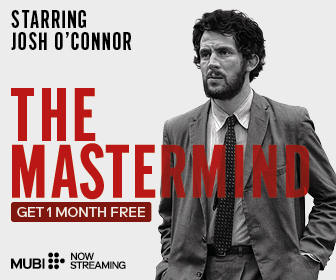

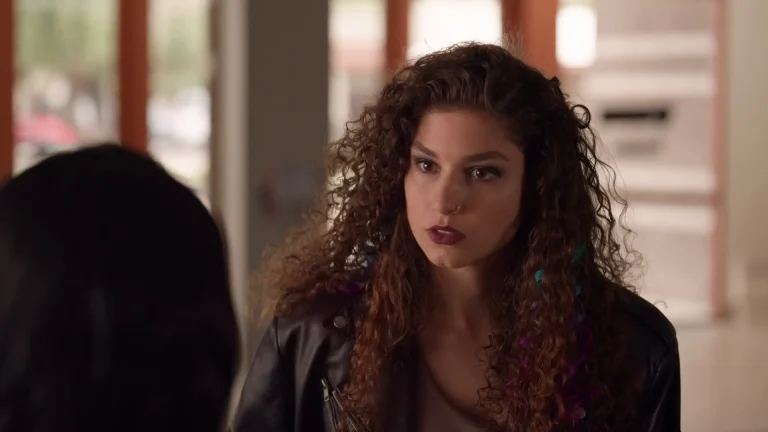
![Fever Dream [2021] Netflix Review – A mysterious eco-fable that doubles down as a metaphor for parental anxiety](https://79468c92.delivery.rocketcdn.me/wp-content/uploads/2021/10/Fever_Dream-Distancia-de-rescate-3-768x321.jpg)
